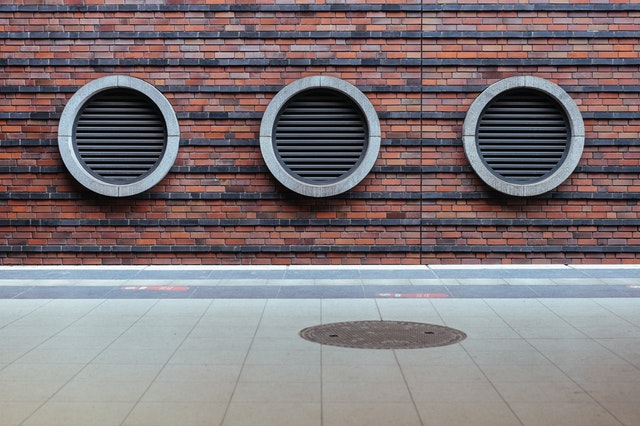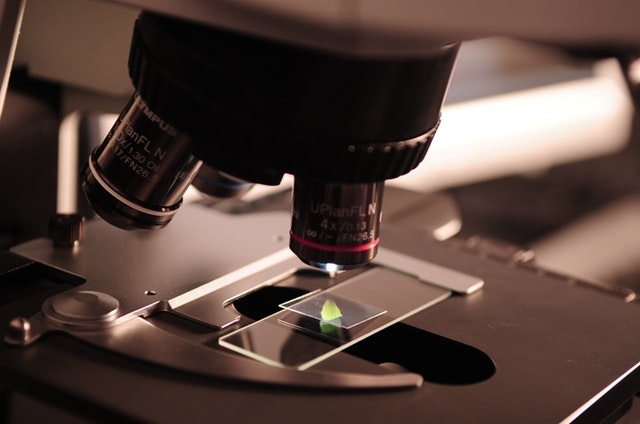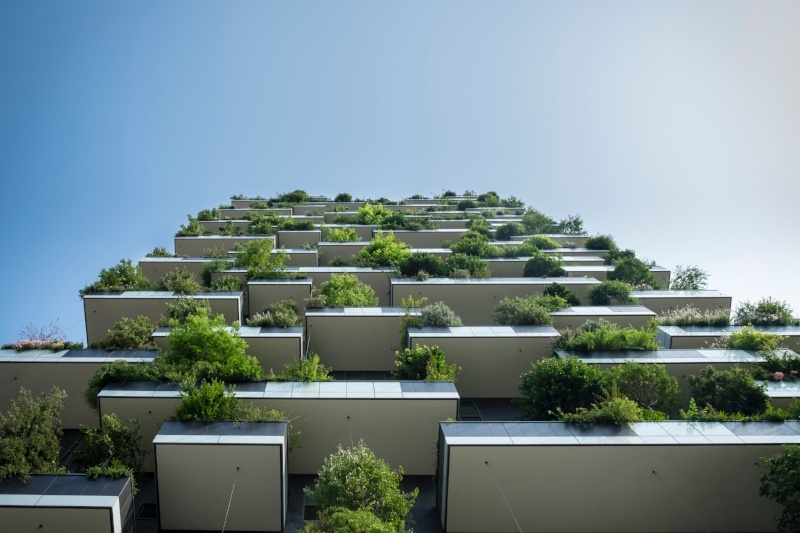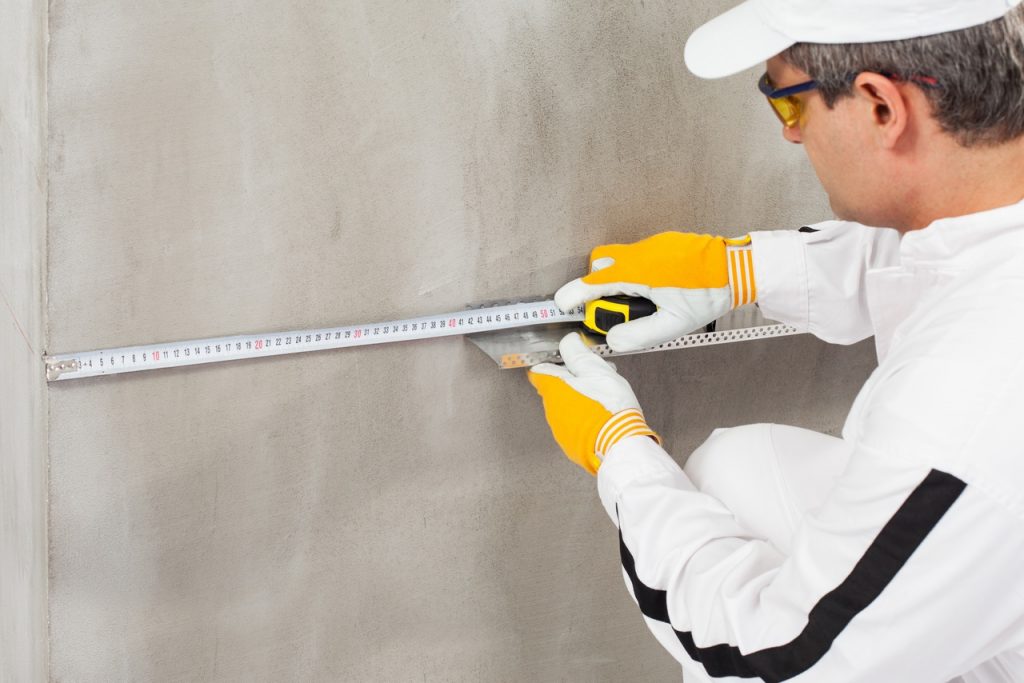Energy efficiency is a top priority for a lot of laboratories, but it’s not always easy to do. Most labs need to use high-energy appliances like fume hoods, incubators, and ultra freezers to ensure samples are properly handled and tested. It doesn’t help that most safety regulations require a high standard for air flow either. Since labs can be inefficient when it comes to energy, most lab managers are looking for ways to help conserve energy, both for the environment and your lab’s tight budget. Here are a few new ideas to help boost your lab’s energy efficiency:
Figure Out Your Baseline
Every lab out there is looking to decrease their energy consumption, but you won’t know how you’re doing unless you know where to start. It’s important to first determine how much energy your lab expends before you implement energy saving techniques or upgraded appliances. Then, when you do start to conserve energy, you’ll know immediately, and you’ll be able to put a number on the amount of money you’re saving. It’s a good idea to figure out exactly how much you spend on energy each month and then analyze how much energy each of your appliances are using. When you know that, it’ll be easier to see where your problem areas exist, as well as where your lab is the most efficient.
Incubators
Incubators are notorious energy hogs, but they also put out a ton of heat into your lab. When your incubator is running, you’re not only paying for the energy it takes to warm up, you’re also paying for the energy it costs to keep your lab cool, despite the heat the incubator is putting out. A good best practice is to try to fit as many similar samples in one incubator as possible so you’re only running one. Another good energy saving tip is to switch to a vapor hydrogen peroxide cleaning method. Some incubators require at least half a day on super high heat for sterilization, whereas the hydrogen peroxide method only takes a few hours. That saves you hours of both running the incubator and stressing out your air conditioning system.
Fume Hoods
Another major culprit when it comes to energy consumption, the best way to keep your fume hoods from running up your energy intake is to just close the hood when not in use. To get employee buy-in on this one, consider running a contest to see who keeps the fume hood closed the most. This is a great way to get everyone in the habit of automatically closing the hood, and it rewards employees for participating in your lab’s effort to reduce energy consumption. It’s also good to keep in mind that a new fume hood can help reduce energy consumption exponentially. We know that most labs wait until the cost of replacing an old fume hood is around the same as fixing the old one, but know that the sooner you upgrade, the more you’ll save on energy consumption.
Consolidate and Organize Freezers
The second highest energy user in any lab, ultra freezers also take up quite a bit of energy. Though you’ve probably already set your ultra freezer to the highest temperature within safety limits, there are a couple of extra things you can do to reduce your freezer’s draw on lab energy. First, organize your freezer. Make sure everything has a specific place to go and that you’ve cleared out anything that doesn’t need to be there. Some labs even go so far as to create an organizational chart on the outside of the freezer, making it clear where everything is located within the freezer and helping employees limit the time the freezer door remains open. Once you’ve got your freezers organized, consider consolidating them. If you have more than one freezer and can make do with just two well-organized freezers versus three messy ones, then consolidate! It’s important to know that one big freezer will draw considerably less energy than two medium-sized freezers. So, if you have the opportunity to purchase one freezer that can handle your lab’s needs all on its own, that’s the most energy efficient way to go.
Evaluate the Benefits and Refine Your Process
Once you start working on making your lab more energy efficient, be sure to check in and see how your efforts are affecting your lab’s overall energy consumption. Since you recorded your baseline, it should be easy to see how much you’ve begun to save and where your efforts are seeing the best results. You can use those numbers to refine your process going forward, too. If you’re constantly closing the fume hood, but it’s still drawing more energy than it should, that might be a sign to call the mechanic. Alternatively, if you notice that after you’ve changed your incubator processes and your lab is a bit too chilly, you can refine your heating and cooling to reflect a more energy efficient temperature. As you continue to monitor your energy consumption and change your efforts accordingly, you’ll see massive savings in your energy efficiency.
If you’ve put in all kinds of effort to lower your lab’s energy efficiency and nothing seems to be working, it might be time for new appliances or a lab remodel. For questions on how to rebuild a lab that’s energy efficient but still fits your budget, be sure to get in contact with the experts at Multi-Lab! We build custom laboratories for a variety of applications and would be more than happy to help you out. Give our office a call at 616-846-6990, or contact us online today!






About The Author: MultiLab
More posts by MultiLab